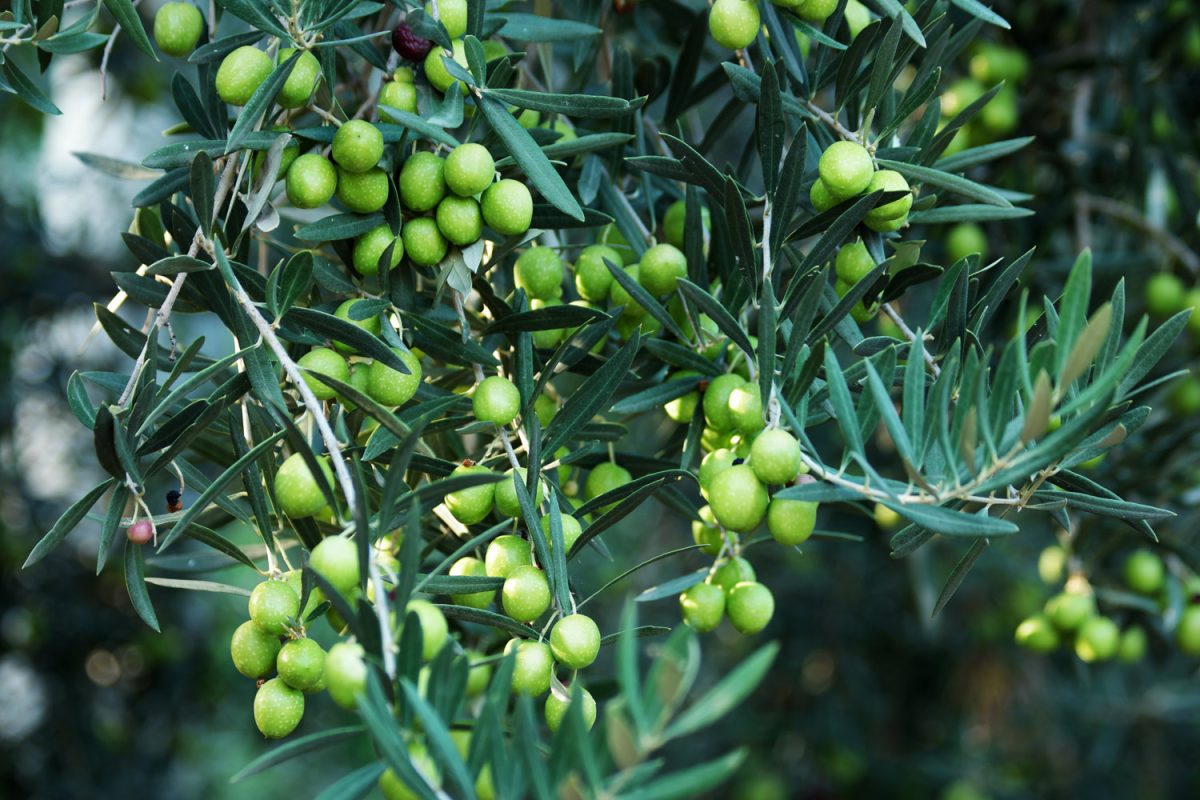YETRAC
Climate Change Impacts Olive Production
Climate Change Impacts Olive Production
Climate change poses significant challenges to olive production worldwide, threatening one of the oldest and most iconic agricultural industries. As temperatures rise, rainfall patterns shift, and extreme weather events become more frequent, olive growers are grappling with a range of adverse effects that jeopardize both quantity and quality of olive yields.
1. Shifts in Growing Conditions: Rising temperatures and altered precipitation patterns disrupt the delicate balance of olive cultivation. Traditional olive-growing regions may experience more frequent droughts, heatwaves, or erratic rainfall, leading to water stress, reduced yields, and poor fruit quality.
2. Proliferation of Pests and Diseases: Warmer temperatures create favorable conditions for the proliferation of pests and diseases that afflict olive trees. Invasive species, such as the olive fruit fly or olive moth, thrive in warmer climates, posing a significant threat to olive orchards and requiring increased pesticide use for control.
3. Impact on Flowering and Pollination: Changes in climate patterns can disrupt the timing and synchronization of flowering and pollination in olive trees. Erratic weather conditions, such as unseasonal frosts or heatwaves during flowering, can result in poor fruit set and lower yields, ultimately affecting the productivity of olive groves.
4. Vulnerability to Extreme Events: Olive trees are sensitive to extreme weather events, including storms, hail, and wildfires, which can cause physical damage to trees, loss of fruit, and even destruction of entire orchards. Extreme events exacerbate the economic and environmental challenges faced by olive growers, particularly in regions prone to such occurrences.
5. Long-Term Sustainability Concerns: Climate change poses existential threats to the long-term sustainability of olive production. Traditional olive-growing regions may become unsuitable for cultivation due to shifting climatic conditions, forcing growers to adapt by relocating orchards, transitioning to more resilient cultivars, or adopting climate-smart agricultural practices.
Mitigation and Adaptation Strategies
Despite the formidable challenges posed by climate change, olive growers and agricultural scientists are actively exploring mitigation and adaptation strategies to safeguard the future of olive production:
- Crop Diversification: Diversifying agricultural practices by intercropping olives with complementary crops or integrating agroforestry systems can enhance ecosystem resilience, mitigate climate risks, and improve soil health.
- Water Management: Implementing efficient irrigation techniques, such as drip irrigation or precision agriculture, helps optimize water use, minimize water stress, and enhance drought resilience in olive orchards.
- Genetic Research: Breeding programs aimed at developing climate-resilient olive cultivars with enhanced drought tolerance, disease resistance, and adaptability to changing environmental conditions offer long-term solutions to climate-related challenges.
- Sustainable Practices: Adoption of sustainable agricultural practices, such as organic farming, soil conservation, and integrated pest management, promotes ecosystem health, reduces greenhouse gas emissions, and enhances the resilience of olive agroecosystems.
- Policy Support: Government policies and incentives that promote climate-smart agriculture, provide financial assistance for technology adoption, and support research and innovation in the olive sector play a crucial role in building resilience and facilitating adaptation to climate change.
In conclusion, climate change poses significant threats to olive production, but proactive measures and collaborative efforts across the agricultural sector can help mitigate risks, enhance resilience, and ensure the sustainability of olive cultivation in a changing climate. By embracing innovation, adopting sustainable practices, and fostering resilience, olive growers can navigate the challenges of climate change and secure the future of this iconic Mediterranean crop.

